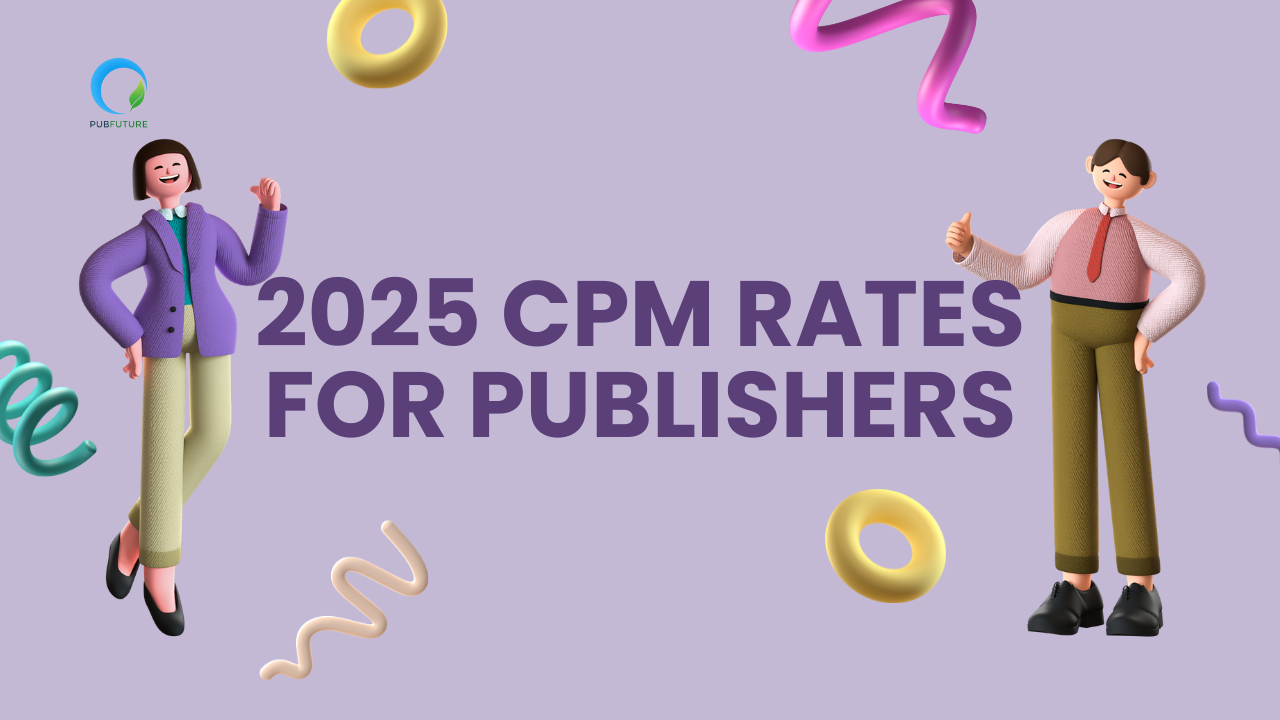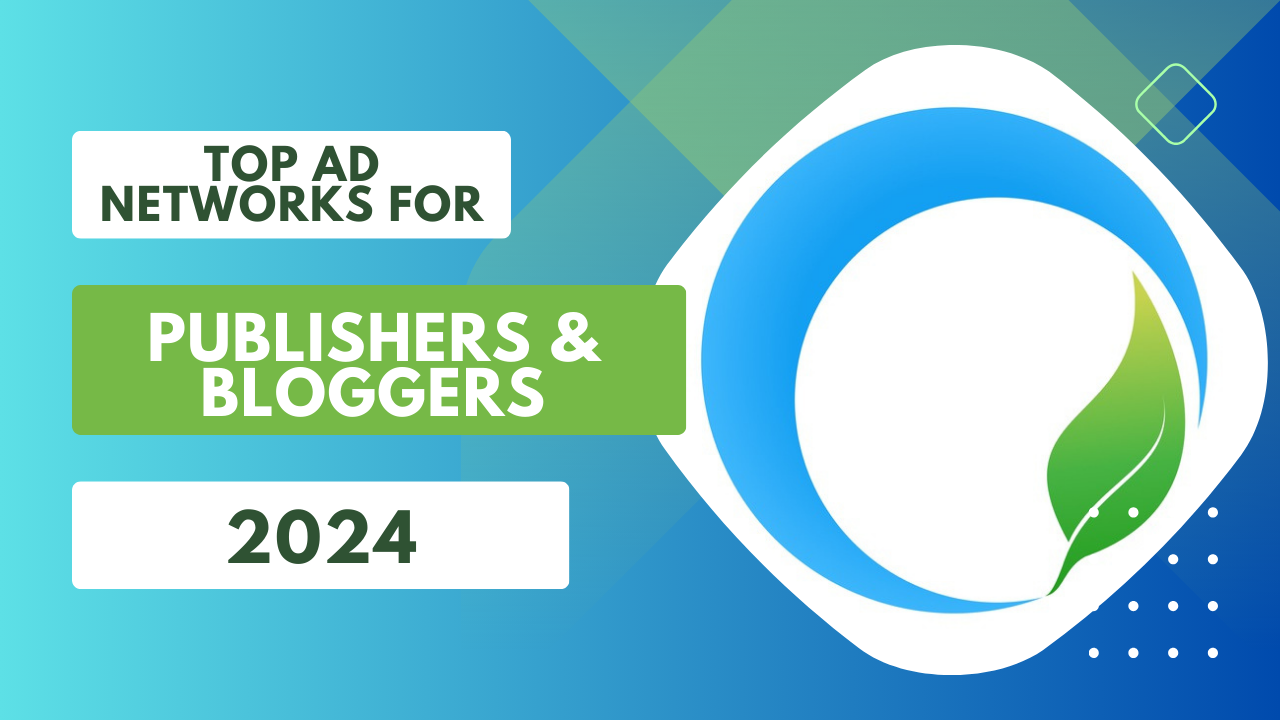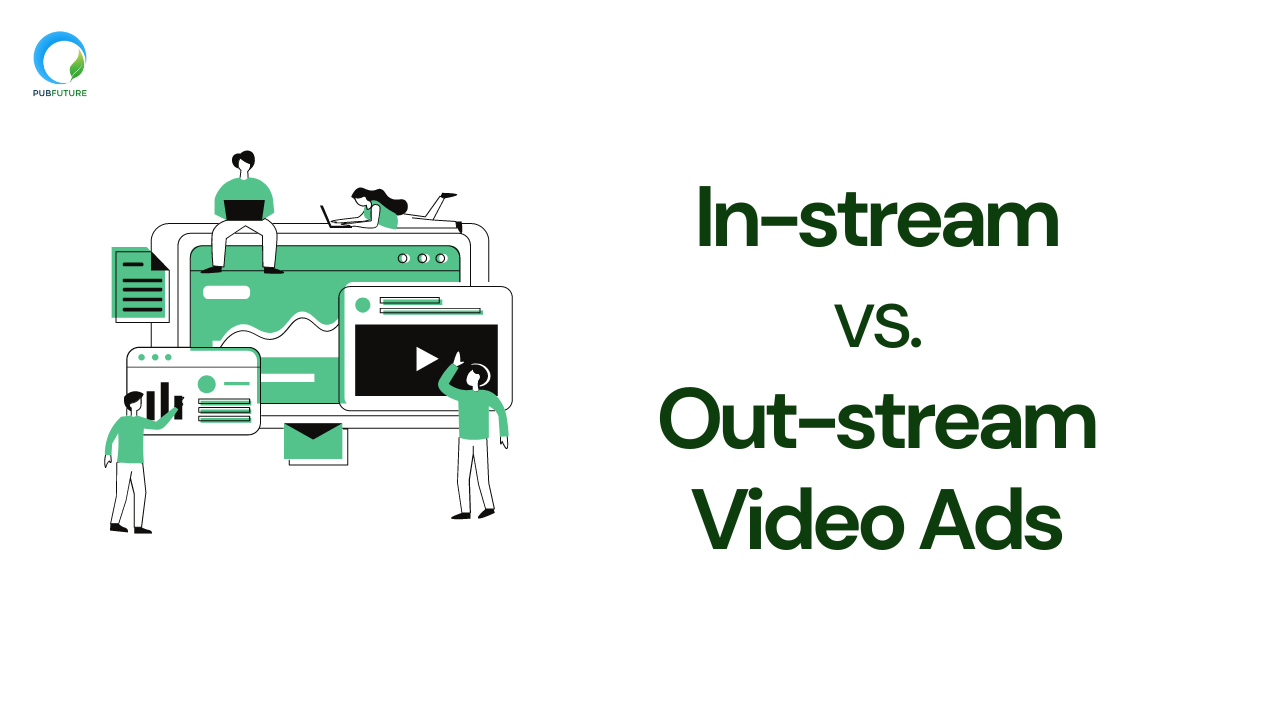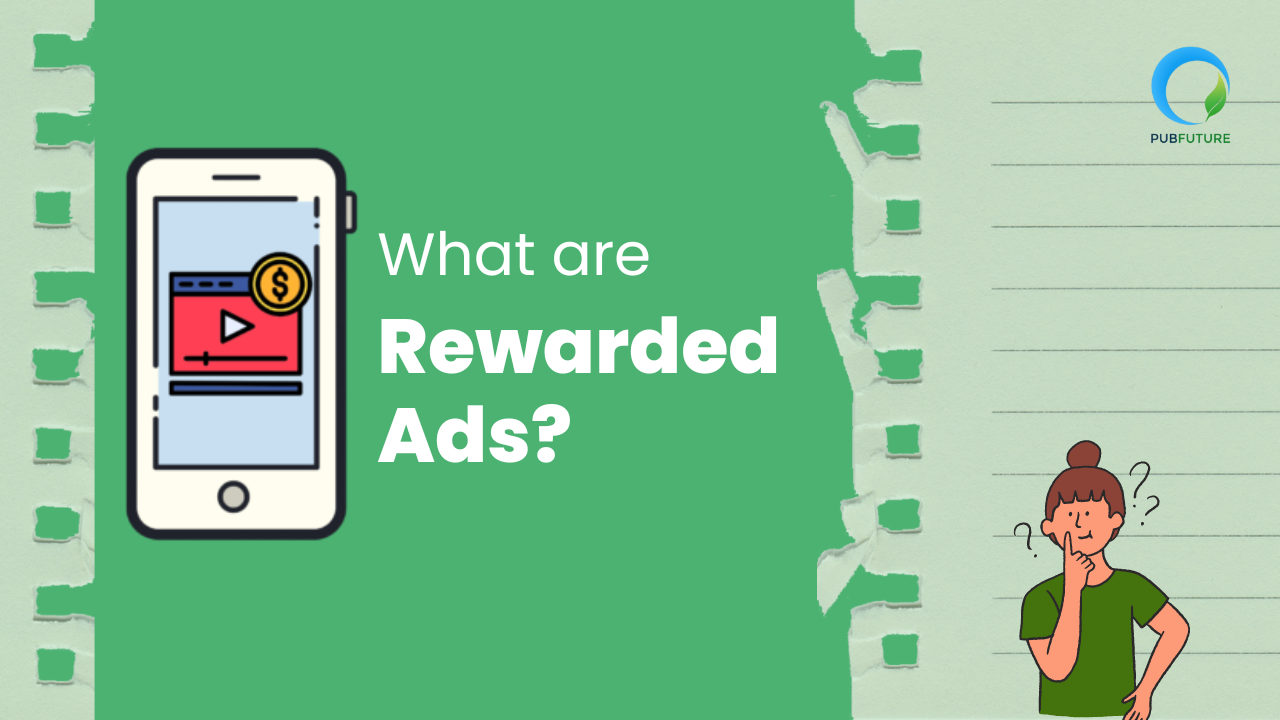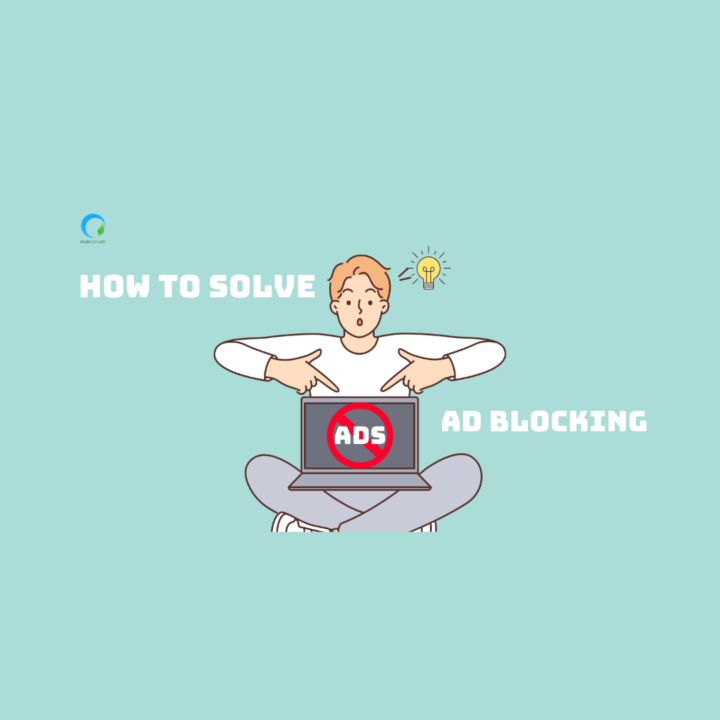As we look ahead to 2024 and 2025, the landscape of digital advertising continues to shift. Publishers, who rely on ad revenue to support their content and operations, must stay ahead of industry trends to maximize earnings.
Cost Per Thousand Impressions (CPM) rates, the most critical metrics, are influenced by a range of factors, including ad formats, seasonality, and the broader economic environment. Understanding the current CPM trends is crucial for publishers to optimize their revenue streams.
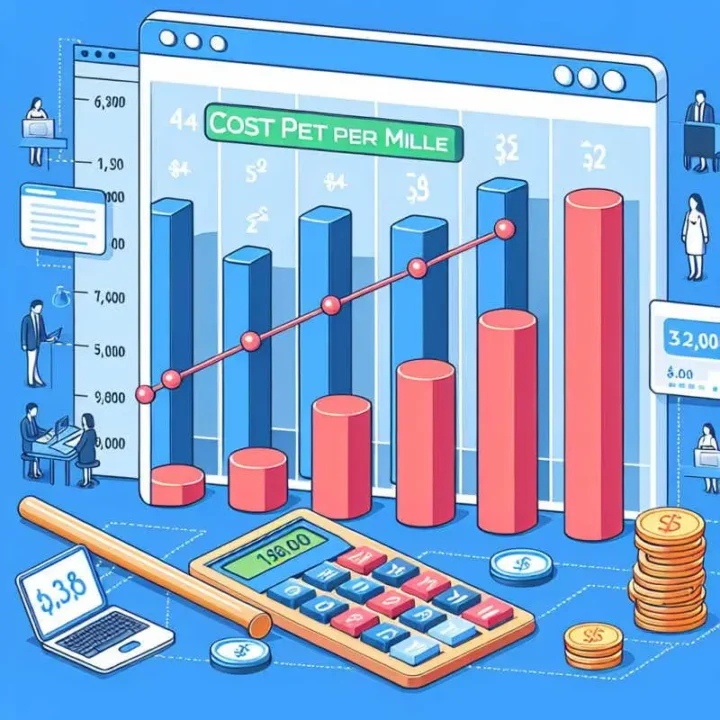
In this blog, we will explore the PubFuture CPM rates for publishers in 2024 and 2025, diving into the details of the 3 most common formats. We’ll also analyze the factors influencing these rates. And how publishers can adapt their strategies to take advantage of the changing advertising environment.
Understanding CPM Rates: An Overview
Before we dive into specific ad formats, let’s quickly recap what CPM means. CPM is the price advertisers pay publishers based on the number of times an ad is displayed, or “impressed,” to users. The term “thousand” refers to the number of impressions counted per $1,000 spent.
CPM rates can fluctuate based on multiple factors, including:
- Ad Format: Different ad types tend to attract different CPMs. For example, video ads generally have a higher CPM than display banner ads
- Audience Quality: The more targeted and engaged the audience, the higher the potential CPM
- Seasonality: Certain times of the year (holiday season) see an increase in advertising budgets, which can drive up CPM rates
- Industry & Demand: Specific industries like finance and e-commerce are willing to pay higher CPMs due to their competitive nature and high value of leads.
Video Ads: CPM Rates from $1.02 to $20.15
One of the most lucrative ad formats for publishers, this trend is expected to continue. Video ads offer higher engagement rates, more captivating content, and better performance tracking, all of which drive up CPM rates.

CPMs of video ads can range widely depending on factors like content quality, audience targeting, and where the ad appears. Typically, the CPM for video ads can range from $1 to $20. Let’s break this down
- Low Range ($1.02 – $5.13 CPM): Video ads placed on sites with a broader, less targeted audience may see lower CPMs. These lower CPMs might also be seen in programmatic video advertising through ad exchanges or non-premium inventory
- Mid-Range ($5.14 – $10.07 CPM): If your site attracts a more niche but still broad audience, the CPM might fall. Additionally, skippable video ads or those placed in-stream may command CPMs in the middle range
- High Range ($10.08 – $20.15 CPM): Publishers with highly engaged, premium audiences can expect much higher CPMs. Advertisers are willing to pay a premium for video ads that deliver higher engagement and impact.
Banner Ads: CPM Rates from $0.5 to $10.14
This ad format remains one of the most common formats for online advertising. Banner ads tend to have lower CPM rates because they are less engaging and have lower click-through rates. However, they still provide a steady stream of revenue, especially for publishers with substantial traffic.
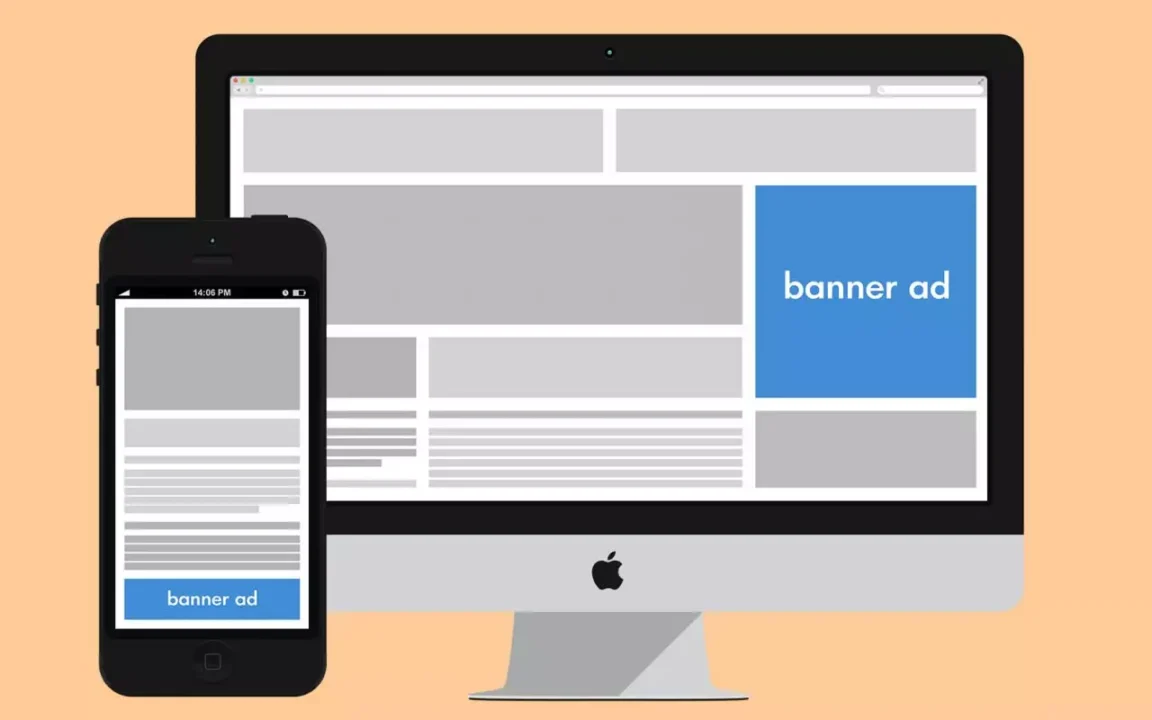
The CPM rates for banner ads typically range from $0.5 to $10.04, depending on several factors:
- Low Range ($0.5 – $3.1 CPM): Ads on low-traffic websites or sites with broad, unspecific content tend to have lower CPMs. Sites with high bounce rates or lower engagement also see lower CPMs in this range.
- Mid-Range ($3.11 – $6.14 CPM): With a moderately targeted audience, banner ads typically fall within this range. These ads might be displayed through programmatic platforms or direct ad buys, and they perform better when the publisher’s audience aligns with advertiser goals.
- High Range ($6.15 – $10.04 CPM): With premium content, established traffic, and better ad placement (e.g., above-the-fold, in-content banners) can expect higher CPMs. Specific niche websites or high-authority publishers may command top rates.
Despite the higher CPM rates of video ads, banner ads remain a staple for publishers, offering a consistent baseline of revenue. Banner ads may have the advantage, and they can be used alongside other ad formats to maximize earnings.
Sticky Ads: CPM Rates from $1.02 to $12.06
Sticky ads are a rising trend among publishers. These ads remain visible on-screen as users interact with the page, ensuring better visibility and higher engagement. Due to their persistent visibility, sticky ads are more effective than traditional banners.
CPMs can range from $1.0 to $12.05, depending on several factors, such as placement, user engagement, and targeting
- Low Range ($1.02 – $5.1 CPM): With general content or broad, non-targeted audiences tend to fall within this range
- Mid-Range ($5.11 – $8.12 CPM): With moderate audience targeting and decent engagement, you may see mid-range sticky ad CPMs
- High Range ($8.13 – $12.05 CPM): Premium sticky ads that are highly visible and placed on engaged audiences websites can fetch top CPM rates. Publishers focusing on high-quality content, like technology, finance, or luxury goods, can charge more for these high-engagement ad types.
Sticky ads are becoming an essential tool in a publisher’s ad arsenal. With their high visibility and user engagement potential, sticky ads offer a consistent and interactive revenue stream. For mobile-first websites, sticky ads are particularly valuable, making them a highly effective mobile monetization strategy.
Key Factors Driving CPM Fluctuations in 2024-2025

While the specific CPM ranges for 3 most popular ad formats are informative, publishers must also account for the several key trends that will influence these rates
- Economic Uncertainty: Global economic shifts can affect ad budgets. In times of uncertainty, advertisers may be more cautious, driving CPM rates lower, especially for less premium formats
- Programmatic Buying & Automation: The continued rise of programmatic advertising means that competition for ad impressions will continue to heat up. Publishers who optimize their programmatic strategies by using header bidding or partnering with demand-side platforms (DSPs) can expect better CPM outcomes
- Audience Quality & Data Privacy: With data privacy regulations becoming stricter (e.g., GDPR, CCPA), publishers who can leverage first-party data effectively will have the upper hand. Publishers who offer detailed audience insights can command higher CPMs, especially for high-value verticals like finance or healthcare
- Ad Format Innovation: Expect to see more interactive and immersive ad formats emerge, which could affect CPMs in the future. Publishers who experiment with these formats may find new ways to maximize their revenue potential.
Final Thoughts
As we look to the future of digital publishing, CPM rates for video ads, banner ads, and sticky ads will continue to evolve. In 2024-2025, publishers can expect video ads to offer the highest CPMs, while banner ads will maintain steady. Sticky ads, due to their high visibility and engagement, will offer CPMs ranging from $1 to $12, making them a strong contender in the monetization toolkit.
By understanding these trends and aligning their ad strategies with the changing market, publishers can ensure they remain competitive and profitable in the dynamic world of digital advertising.




